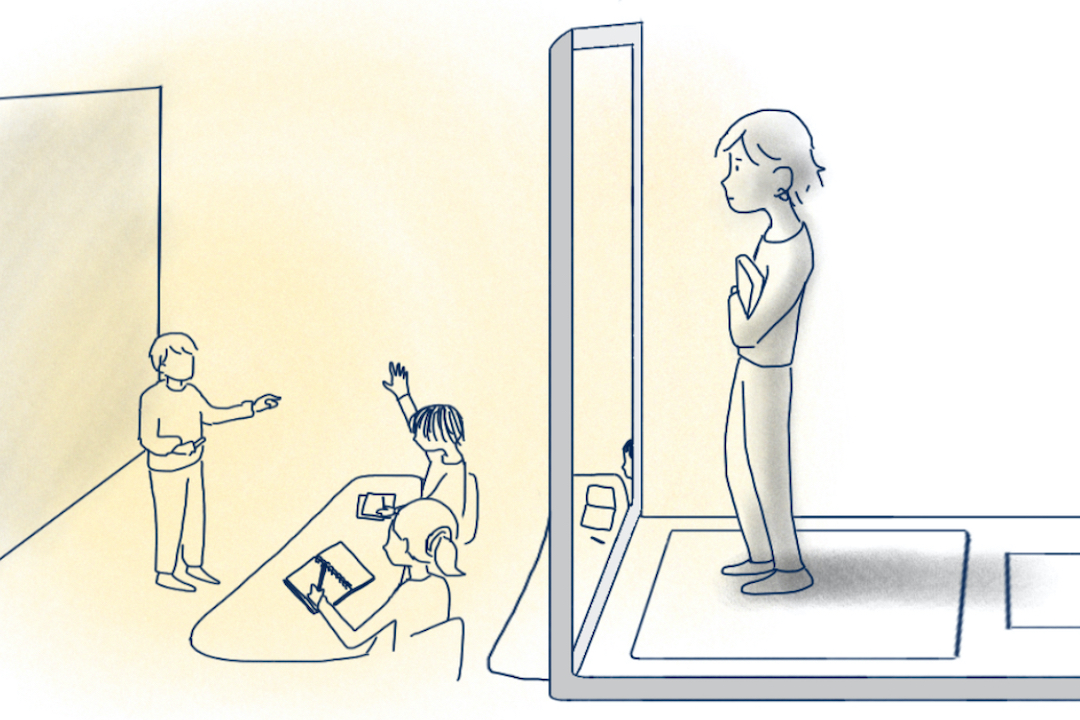Now that the 2021–2022 academic year has begun, students have raised many questions about the transition from online to hybrid or in-person courses. Much of the communication from the administration to the student body happened over email and through the school’s social media accounts, with infrequent summer messages essentially telling us to “wait and see.”
As a second-year student who took courses over the summer, I closely monitored all email communication from the school about the return to in-person classes. I found most of this information vague and occasionally outright confusing, not in the least because many of the important points about the university’s reopening came at the end of very dense, long-winded emails.
An email from the Faculty of Arts & Science Dean Melanie Woodin on June 22 read, “When the term begins, students in Arts & Science will be permitted to attend their classes online for the first two weeks.” The use of the word “permitted” threw me for a loop when planning for courses. This email seemed to say that classes would be offered in person, and those who could not attend would have an equally viable online option for the first two weeks. This was not the case. Courses were entirely online for many students regardless of their individual circumstances.
In that same email, the dean claimed that after the first two weeks, “all classes that are identified as taking place in-person will proceed as in-person.” This was not my experience, nor the experience of another second-year student, Laura Pollock. She read the same email I did and assumed that most of her classes would be in person after the initial two-week period. A tutorial and a lecture of hers moved fully online instead.
“It was very misleading,” she told me. Like Pollock, I have had several of my courses that were marked as “In Person” on ACORN moved online for the duration of the semester.
I do not wish to argue for or against this decision to move online. There are circumstances for every professor and group of students that would influence their decision both ways. Instead, I am advocating for increased communication and less vagaries around course delivery. I wish I had known which courses would be online or in person when I signed up for them, — not after several days of school had already passed.
I also would have liked to see clearer communication in the emails U of T sent out to students. The main changes that would be relevant to students’ daily lives should be placed at the top of the emails, not buried in the final few paragraphs after details about COVID-19 vaccination rates on campus and other considerations.
I respect Woodin’s attempt to justify her decisions, but I think that she should have stated those decisions in her emails before justifying them. This may sound like a small detail, but I believe it would greatly aid student recognition and understanding of the various changes being made.
When asked what method of communication she would have preferred, Pollock suggested a tile on the Quercus homepage with all information related to COVID-19. A Quercus tile could be an ideal mode of communication moving forward, containing updated, real-time COVID-19-related information in a single spot — similar to the university’s UTogether website, but in a place that students check more often.
I understand the need for compassion and patience on both sides. The administration is in a difficult place where they need to balance health concerns with a return to normal school. I believe that more transparent, accessible information from them would go a long way toward alleviating student concerns in this time of general uncertainty. But whatever the school administration chooses to do, one thing is clear: change is necessary.
Saige Severin is a second-year neuroscience and English student at Woodsworth College.


